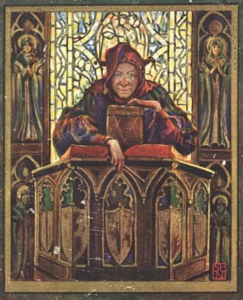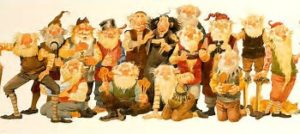Three cities each claim to possess the remains of St Nicholas, Bishop of Bari, and the prototype of Santa Claus. Myra, in Turkey, the site of Nicholas’s home church, asserts that it is the true location of the saint’s tomb, but churches in Venice and Bari in Italy both say that they acquired the real relics in the 11th century.
In 2004 the bones housed in Bari’s cathedral were subjected to a forensic technology that claims to be able to reconstruct an original facial image from skeletal remains. St Nicholas, it now appears, was about 5’ 6” (1.68 metres) in height with a wide chin and brow and, perhaps unsurprisingly in a saint known for his forthright interventions, a broken nose.



